The global optical preclinical imaging market was expected to grow from USD 807 million in 2019 to USD 1.3 billion by 2027, at a CAGR of 6.2% during the forecast period 2020-2027.
Preclinical imaging is utilized in live animal research for drug development. Preclinical imaging is likewise used to watch the treatment response for early indications of adequacy. The technological development of in preclinical imaging offers an open door for assessing sickness at the molecular level in a quantitative manner. However, in preclinical imaging goes about as a scaffold between in vitro exploratory and in vivo clinical research which permits the immediate and quick transfer of preclinical examinations on animal models to clinical investigation in man.
Technological advancements favouring animal safety, cost-effective technique, alternative models, rising need of the medical devices, increasing aged population, growing health awareness among the people, huge investments in the Research and Development, and the growth associated with the pharmaceutical industry are some of the determinants which is driving the demand of the global optical preclinical imaging market.
Based on the modality, the global optical preclinical imaging market is portioned into optical imaging systems, nuclear imaging systems, micro-MRI systems, micro-Ultrasound systems, micro-CT systems, photoacoustic imaging systems, and magnetic particle imaging systems. The ultra sound and PET section is expected to develop at the higher CAGR in the following five years, inferable from the broad use of imaging systems in preclinical research concentrates over the globe, the significant expense of systems, and the development and commercialization of technologically advance novel preclinical imaging innovations. In view of end-use, the market for optical preclinical imaging is sectioned into pharma and biotech companies, research institutes, and others. The pharma and biotech companies represented a significant offer in the market for optical preclinical imaging. The companies embrace effective imaging modalities to accumulate drug security data in preclinical preliminaries to guarantee safe use in patients during clinical preliminaries. Around 95% of the drug bombs in Phase 1 clinical preliminaries as they vary in remedial adequacy and wellbeing in animals.
North America commanded the market for optical preclinical imaging attributable to factors, for example, developing use of preclinical optical imaging for disease research and generally speaking development in malignant growth drug development pipeline in U.S. Besides, product dispatches by the market players in the locale focused on creating non-intrusive imaging systems are moving the market development.
Asia Pacific locale is assessed to show the quickest CAGR. Factors, for example, low research costs, less-stringent administrative rules, expanded government subsidizing for the development of the research and development sector in the respective nations are making the district attractive for Preclinical research examines. Thus, the clinical research redistributing industry is blasting in rising nations, for example, China and India.
FUJIFILM Holdings Corporation, Mediso Ltd., PerkinElmer, Inc., Bruker Corporation, MIL abs B.V., MR Solutions Ltd., Aspect Imaging, LI-COR Biosciences, Trifoil Imaging and Miltenyi Biotec GmbH are some of the most proficient players of the global optical preclinical imaging. These companies are mainly concentrated on the advancement of new technologies & devices; expand from their territories to grab the vital share of the global market.
The University of Torino gets superior MILabs molecular imaging system for novel disease-targeting inquiries: The ultra-modern Department of Molecular Biotechnology and Health Sciences of the University of Turin has taken MILabs cutting edge multi-modality VECTor6CT molecular imaging system. The high-resolve and ultra-sensitive PET, SPECT and CT modalities will be practised by UNITO to maximise the targeting vectors of novel inquiries for infection diagnostics and treatment utilisation.
The Study delivers comprehensive analysis of the following segments:
Global Optical Preclinical Imaging Market Analysis And Forecast, Reagent
Global Beverage Flavourings Systems Market Analysis And Forecast, by Modality
Global Optical Preclinical Imaging Market Analysis And Forecast, by End-Use
Global Optical Preclinical Imaging Market And Forecast, By Regional Analysis
Report Description:
1. Introduction
1.1. Objectives of the Study
1.2. Market Definition
1.3. Research Scope
1.4. Currency
1.5. Key Target Audience
2. Research Methodology and Assumptions
3. Executive Summary
4. Premium Insights
4.1. Porter’s Five Forces Analysis
4.2. Value Chain Analysis
4.3. Top Investment Pockets
4.3.1. Market Attractiveness Analysis By Reagent
4.3.2. Market Attractiveness Analysis By Modality
4.3.3. Market Attractiveness Analysis By End Use
4.3.4. Market Attractiveness Analysis By Region
4.4. Application Trends
5. Market Dynamics
5.1. Market Evaluation
5.2. Drivers
5.3. Restraints
5.4. Opportunities
5.5. Challenges
6. Global Optical Preclinical Imaging Market Analysis and Forecast, By Reagent
6.1. Segment Overview
6.2. PET Tracers
6.3. SPECT Probes
6.4. Optical Imaging Reagents
6.5. Contrast Agents
7. Global Optical Preclinical Imaging Market Analysis and Forecast, By Modality
7.1. Segment Overview
7.2. Optical Imaging
7.3. PET
7.4. SPECT
7.5. CT
7.6. MRI
7.7. Ultrasound
7.8. Photoacoustic Imaging
7.9. Magnetic Particle Imaging
8. Global Optical Preclinical Imaging Market Analysis and Forecast, By End Use
8.1. Segment Overview
8.2. Flavourings
8.3. Pharma & Biotech
8.4. Companies
8.5. Research Institutes
8.6. Others
9. Global Optical Preclinical Imaging Market Analysis and Forecast, By Regional Analysis
9.1. Segment Overview
9.2. North America
9.2.1. U.S.
9.2.2. Canada
9.2.3. Mexico
9.3. Europe
9.3.1. Germany
9.3.2. France
9.3.3. U.K.
9.3.4. Italy
9.3.5. Spain
9.4. Asia-Pacific
9.4.1. Japan
9.4.2. China
9.4.3. India
9.5. South America
9.5.1. Brazil
9.6. Middle East and Africa
9.6.1. UAE
9.6.2. South Africa
10. Global Optical Preclinical Imaging Market-Competitive Landscape
10.1. Overview
10.2. Market Share of Key Players in Global Optical Preclinical Imaging Market
10.2.1. Global Company Market Share
10.2.2. North America Company Market Share
10.2.3. Europe Company Market Share
10.2.4. APAC Company Market Share
10.3. Competitive Situations and Trends
10.3.1. Product Launches and Developments
10.3.2. Partnerships, Collaborations, and Agreements
10.3.3. Mergers & Acquisitions
10.3.4. Expansions
11. Company Profiles
11.1. FUJIFILM Holdings Corporation
11.1.1. Business Overview
11.1.2. Company Snapshot
11.1.3. Company Market Share Analysis
11.1.4. Company Product Portfolio
11.1.5. Recent Developments
11.1.6. SWOT Analysis
11.2. Mediso Ltd.
11.2.1. Business Overview
11.2.2. Company Snapshot
11.2.3. Company Market Share Analysis
11.2.4. Company Product Portfolio
11.2.5. Recent Developments
11.2.6. SWOT Analysis
11.3. PerkinElmer, Inc
11.3.1. Business Overview
11.3.2. Company Snapshot
11.3.3. Company Market Share Analysis
11.3.4. Company Product Portfolio
11.3.5. Recent Developments
11.3.6. SWOT Analysis
11.4. Bruker Corporation
11.4.1. Business Overview
11.4.2. Company Snapshot
11.4.3. Company Market Share Analysis
11.4.4. Company Product Portfolio
11.4.5. Recent Developments
11.4.6. SWOT Analysis
11.5. MIL abs B.V
11.5.1. Business Overview
11.5.2. Company Snapshot
11.5.3. Company Market Share Analysis
11.5.4. Company Product Portfolio
11.5.5. Recent Developments
11.5.6. SWOT Analysis
11.6. MR Solutions Ltd
11.6.1. Business Overview
11.6.2. Company Snapshot
11.6.3. Company Market Share Analysis
11.6.4. Company Product Portfolio
11.6.5. Recent Developments
11.6.6. SWOT Analysis
11.7. Aspect Imaging
11.7.1. Business Overview
11.7.2. Company Snapshot
11.7.3. Company Market Share Analysis
11.7.4. Company Product Portfolio
11.7.5. Recent Developments
11.7.6. SWOT Analysis
11.8. LI-COR Biosciences
11.8.1. Business Overview
11.8.2. Company Snapshot
11.8.3. Company Market Share Analysis
11.8.4. Company Product Portfolio
11.8.5. Recent Developments
11.8.6. SWOT Analysis
11.9. Trifoil Imaging
11.9.1. Business Overview
11.9.2. Company Snapshot
11.9.3. Company Market Share Analysis
11.9.4. Company Product Portfolio
11.9.5. Recent Developments
11.9.6. SWOT Analysis
11.10. Miltenyi Biotec GmbH
11.10.1. Business Overview
11.10.2. Company Snapshot
11.10.3. Company Market Share Analysis
11.10.4. Company Product Portfolio
11.10.5. Recent Developments
11.10.6. SWOT Analysis
List of Table
1. Global Optical Preclinical Imaging Market, By Reagent , 2017–2027 (USD Billion)
2. Global PET Tracers Optical Preclinical Imaging Market, By Region, 2017–2027 (USD Billion)
3. Global SPECT Probes Optical Preclinical Imaging Market, By Region, 2017–2027 (USD Billion)
4. Global Optical Imaging Reagents Optical Preclinical Imaging Market, By Region, 2017–2027 (USD Billion)
5. Global Contrast Agents Optical Preclinical Imaging Market, By Region, 2017–2027 (USD Billion)
6. Global Optical Preclinical Imaging Market, By End Use, 2017–2027 (USD Billion)
7. Global Flavourings, Optical Preclinical Imaging Market, By Region, 2017–2027 (USD Billion)
8. Global Pharma & Biotech, Optical Preclinical Imaging Market, By Region, 2017–2027 (USD Billion)
9. Global Companies, Optical Preclinical Imaging Market, By Region, 2017–2027 (USD Billion)
10. Global Research Institutes, Optical Preclinical Imaging Market, By Region, 2017–2027 (USD Billion)
11. Global Others, Optical Preclinical Imaging Market, By Region, 2017–2027 (USD Billion)
12. Global Optical Preclinical Imaging Market, By Modality, 2017–2027 (USD Billion)
13. Global Optical Imaging, Optical Preclinical Imaging Market, By Region, 2017–2027 (USD Billion)
14. Global PET, Optical Preclinical Imaging Market, By Region, 2017–2027 (USD Billion)
15. Global SPECT, Optical Preclinical Imaging Market, By Region, 2017–2027 (USD Billion)
16. Global CT, Optical Preclinical Imaging Market, By Region, 2017–2027 (USD Billion)
17. Global MRI, Optical Preclinical Imaging Market, By Region, 2017–2027 (USD Billion)
18. Global Ultrasound, Optical Preclinical Imaging Market, By Region, 2017–2027 (USD Billion)
19. Global Photoacoustic Imaging, Optical Preclinical Imaging Market, By Region, 2017–2027 (USD Billion)
20. Global Magnetic Particle Imaging, Optical Preclinical Imaging Market, By Region, 2017–2027 (USD Billion)
21. Global Optical Preclinical Imaging Market, By Region, 2017–2027 (USD Billion)
22. Global Optical Preclinical Imaging Market, By North America, 2017–2027 (USD Billion)
23. North America Optical Preclinical Imaging Market, By Reagent , 2017–2027 (USD Billion)
24. North America Optical Preclinical Imaging Market, By Modality, 2017–2027 (USD Billion)
25. North America Optical Preclinical Imaging Market, By End Use, 2017–2027 (USD Billion)
26. U.S. Optical Preclinical Imaging Market, By Reagent , 2017–2027 (USD Billion)
27. U.S. Optical Preclinical Imaging Market, By Modality, 2017–2027 (USD Billion)
28. U.S. Optical Preclinical Imaging Market, By End Use, 2017–2027 (USD Billion)
29. Canada Optical Preclinical Imaging Market, By Reagent , 2017–2027 (USD Billion)
30. Canada Optical Preclinical Imaging Market, By Modality, 2017–2027 (USD Billion)
31. Canada Optical Preclinical Imaging Market, By End Use, 2017–2027 (USD Billion)
32. Mexico Optical Preclinical Imaging Market, By Reagent , 2017–2027 (USD Billion)
33. Mexico Optical Preclinical Imaging Market, By Modality, 2017–2027 (USD Billion)
34. Mexico Optical Preclinical Imaging Market, By End Use, 2017–2027 (USD Billion)
35. Europe Optical Preclinical Imaging Market, By Reagent , 2017–2027 (USD Billion)
36. Europe Optical Preclinical Imaging Market, By Modality, 2017–2027 (USD Billion)
37. Europe Optical Preclinical Imaging Market, By End Use, 2017–2027 (USD Billion)
38. Germany Optical Preclinical Imaging Market, By Reagent , 2017–2027 (USD Billion)
39. Germany Optical Preclinical Imaging Market, By Modality, 2017–2027 (USD Billion)
40. Germany Optical Preclinical Imaging Market, By End Use, 2017–2027 (USD Billion)
41. France Optical Preclinical Imaging Market, By Reagent , 2017–2027 (USD Billion)
42. France Optical Preclinical Imaging Market, By Modality, 2017–2027 (USD Billion)
43. France Optical Preclinical Imaging Market, By End Use, 2017–2027 (USD Billion)
44. U.K Optical Preclinical Imaging Market, By Reagent , 2017–2027 (USD Billion)
45. U.K Optical Preclinical Imaging Market, By Modality, 2017–2027 (USD Billion)
46. U.K Optical Preclinical Imaging Market, By End Use, 2017–2027 (USD Billion)
47. Italy Optical Preclinical Imaging Market, By Reagent , 2017–2027 (USD Billion)
48. Italy Optical Preclinical Imaging Market, By Modality, 2017–2027 (USD Billion)
49. Italy Optical Preclinical Imaging Market, By End Use, 2017–2027 (USD Billion)
50. Spain Optical Preclinical Imaging Market, By Reagent , 2017–2027 (USD Billion)
51. Spain Optical Preclinical Imaging Market, By Modality, 2017–2027 (USD Billion)
52. Spain Optical Preclinical Imaging Market, By End Use, 2017–2027 (USD Billion)
53. Asia Pacific Optical Preclinical Imaging Market, By Reagent , 2017–2027 (USD Billion)
54. Asia Pacific Optical Preclinical Imaging Market, By Modality, 2017–2027 (USD Billion)
55. Asia Pacific Optical Preclinical Imaging Market, By End Use, 2017–2027 (USD Billion)
56. Japan Optical Preclinical Imaging Market, By Reagent , 2017–2027 (USD Billion)
57. Japan Optical Preclinical Imaging Market, By Modality, 2017–2027 (USD Billion)
58. Japan Optical Preclinical Imaging Market, By End Use, 2017–2027 (USD Billion)
59. China Optical Preclinical Imaging Market, By Reagent , 2017–2027 (USD Billion)
60. China Optical Preclinical Imaging Market, By Modality, 2017–2027 (USD Billion)
61. China Optical Preclinical Imaging Market, By End Use, 2017–2027 (USD Billion)
62. India Optical Preclinical Imaging Market, By Reagent , 2017–2027 (USD Billion)
63. India Optical Preclinical Imaging Market, By Modality, 2017–2027 (USD Billion)
64. India Optical Preclinical Imaging Market, By End Use, 2017–2027 (USD Billion)
65. South America Optical Preclinical Imaging Market, By Reagent , 2017–2027 (USD Billion)
66. South America Optical Preclinical Imaging Market, By Modality, 2017–2027 (USD Billion)
67. South America Optical Preclinical Imaging Market, By End Use, 2017–2027 (USD Billion)
68. Brazil Optical Preclinical Imaging Market, By Reagent , 2017–2027 (USD Billion)
69. Brazil Optical Preclinical Imaging Market, By Modality, 2017–2027 (USD Billion)
70. Brazil Optical Preclinical Imaging Market, By End Use, 2017–2027 (USD Billion)
71. Middle East and Africa Optical Preclinical Imaging Market, By Reagent , 2017–2027 (USD Billion)
72. Middle East and Africa Optical Preclinical Imaging Market, By Modality, 2017–2027 (USD Billion)
73. Middle East and Africa Optical Preclinical Imaging Market, By End Use, 2017–2027 (USD Billion)
74. UAE Optical Preclinical Imaging Market, By Reagent , 2017–2027 (USD Billion)
75. UAE Optical Preclinical Imaging Market, By Modality, 2017–2027 (USD Billion)
76. UAE Optical Preclinical Imaging Market, By End Use, 2017–2027 (USD Billion)
77. South Africa Optical Preclinical Imaging Market, By Reagent , 2017–2027 (USD Billion)
78. South Africa Optical Preclinical Imaging Market, By Modality, 2017–2027 (USD Billion)
79. South Africa Optical Preclinical Imaging Market, By End Use, 2017–2027 (USD Billion)
List of Figures
1. Global Optical Preclinical Imaging Market Segmentation
2. Optical Preclinical Imaging Market: Research Methodology
3. Market Size Estimation Methodology: Bottom-Up Approach
4. Market Size Estimation Methodology: Top-Down Approach
5. Data Triangulation
6. Porter’s Five Forces Analysis
7. Value Chain Analysis
8. Global Optical Preclinical Imaging Market Attractiveness Analysis By Reagent
9. Global Optical Preclinical Imaging Market Attractiveness Analysis By End Use
10. Global Optical Preclinical Imaging Market Attractiveness Analysis By Modality
11. Global Optical Preclinical Imaging Market Attractiveness Analysis By Region
12. Global Optical Preclinical Imaging Market: Dynamics
13. Global Optical Preclinical Imaging Market Share by Reagent (2020 & 2027)
14. Global Optical Preclinical Imaging Market Share by End Use (2020 & 2027)
15. Global Optical Preclinical Imaging Market Share by Modality (2020 & 2027)
16. Global Optical Preclinical Imaging Market Share by Regions (2020 & 2027)
17. Global Optical Preclinical Imaging Market Share by Company (2019)
Market research is a method of gathering, assessing and deducing data & information about a particular market. Market research is very crucial in these days. The techniques analyze about how a product/service can be offered to the market to its end-customers, observe the impact of that product/service based on the past customer experiences, and cater their needs and demands. Owing to the successful business ventures, accurate, relevant and thorough information is the base for all the organizations because market research report/study offers specific market related data & information about the industry growth prospects, perspective of the existing customers, and the overall market scenario prevailed in past, ongoing present and developing future. It allows the stakeholders and investors to determine the probability of a business before committing substantial resources to the venture. Market research helps in solving the marketing issues challenges that a business will most likely face.
Market research is valuable because of the following reasons:
Our research report features both the aspects; qualitative and quantitative. Qualitative part provides insights about the market driving forces, potential opportunities, customer’s demands and requirement which in turn help the companies to come up with new strategies in order to survive in the long run competition. The quantitative segment offers the most credible information related to the industry. Based on the data gathering, we use to derive the market size and estimate their future growth prospects on the basis of global, region and country.
Our market research process involves with the four specific stages.
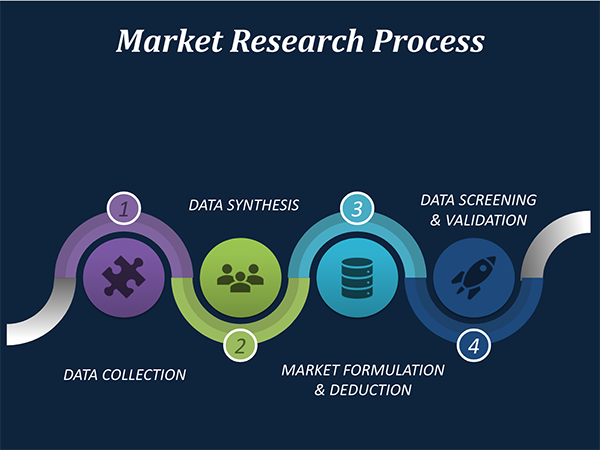
Data Collection: This stage of the market research process involves with the gathering and collecting of the market/industry related data from the sources. There are basically two types of research methods:
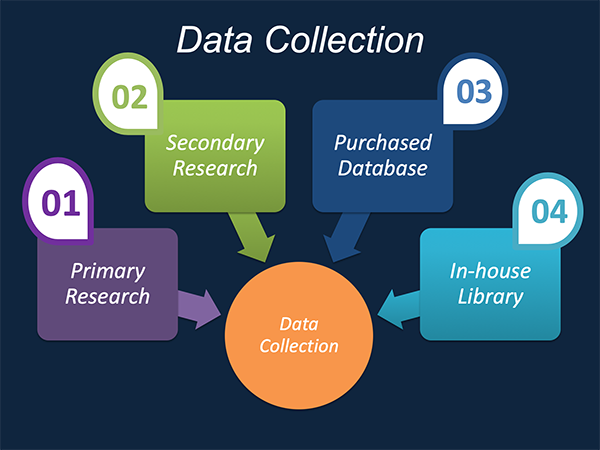
Data Synthesis: This stage includes the evaluation and assessment of all the data acquired from the primary and secondary research. It likewise includes in evaluating the information for any disparity watched while information gathering identified with the market. The data & information is gathered with consideration to the heterogeneity of sources. Scientific and statistical methods are implemented for synthesizing dissimilar information sets and provide the relevant data which is fundamental for formulating strategies. Our organization has broad involvement with information amalgamation where the information goes through different stages:
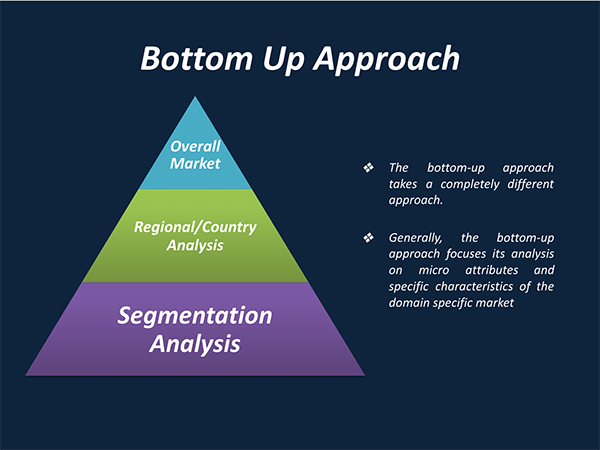
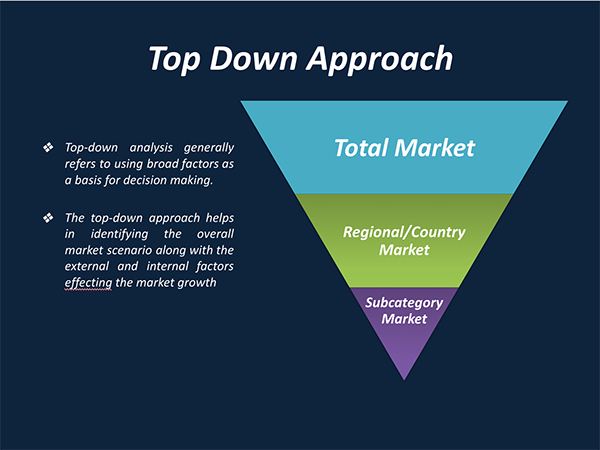
Market Formulation & Deduction: The last stage includes assigning the data & information in a suitable way in order to derive market size. Analyst reviews and domain based opinions based on holistic approach of market estimation combined with industry investigation additionally features a crucial role in this stage.
This stage includes with the finalization of the market size and numbers that we have gathered from primary and secondary research. With the data & information addition, we ensure that there is no gap in the market information. Market trend analysis is finished by our analysts by utilizing data extrapolation procedures, which give the most ideal figures to the market.
Data Validation: Validation is the most crucial step in the process. Validation & re-validation through scientifically designed technique and process that helps us finalize data-points to be used for final calculations. This stage also involves with the data triangulation process. Data triangulation generally implicates the cross validation and matching the data which has been collected from primary and secondary research methods.
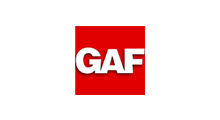

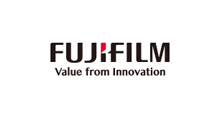
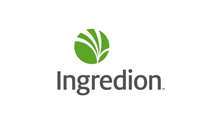

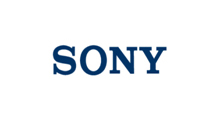
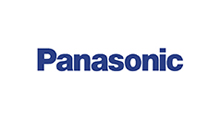
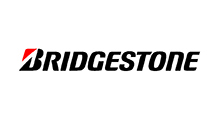
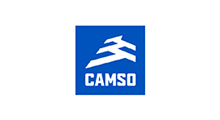
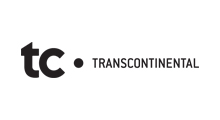
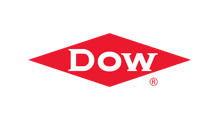
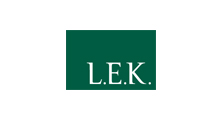

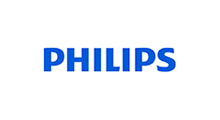
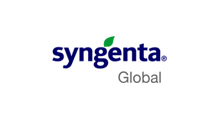
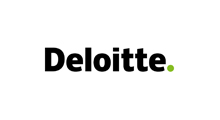

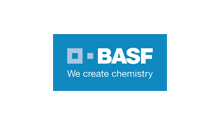
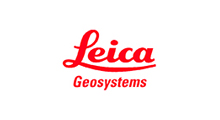
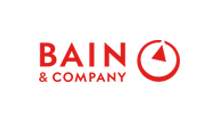
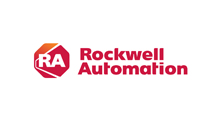
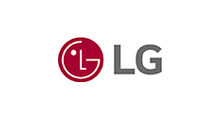
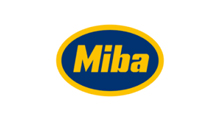

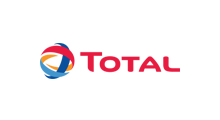
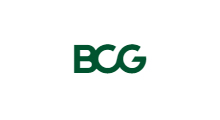
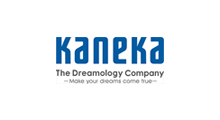
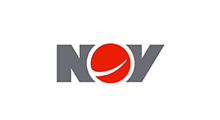
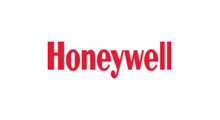
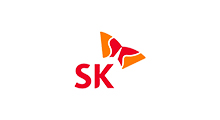
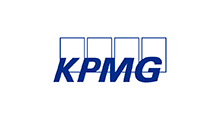
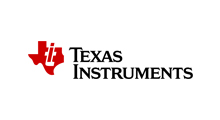
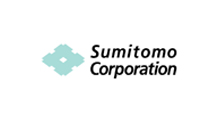
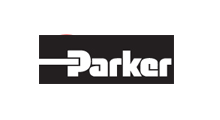
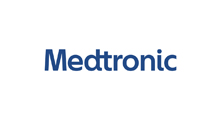
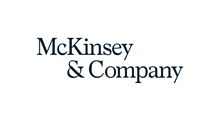


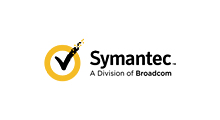
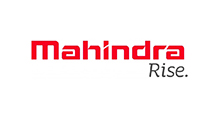
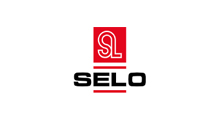
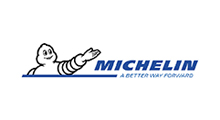

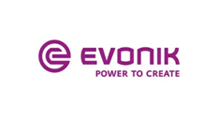

Free Customization
Countries can be added on demand
Free yearly update on purchase of Multi/Corporate User License
Companies served till date

We serve our customers 24x7 for 365 days through calls, emails and live chat options.

Huge database of exceptional market reports bringing market intelligence to your fingertips.

SSL enabled, we offer you various secured payment options for risk free purchase.